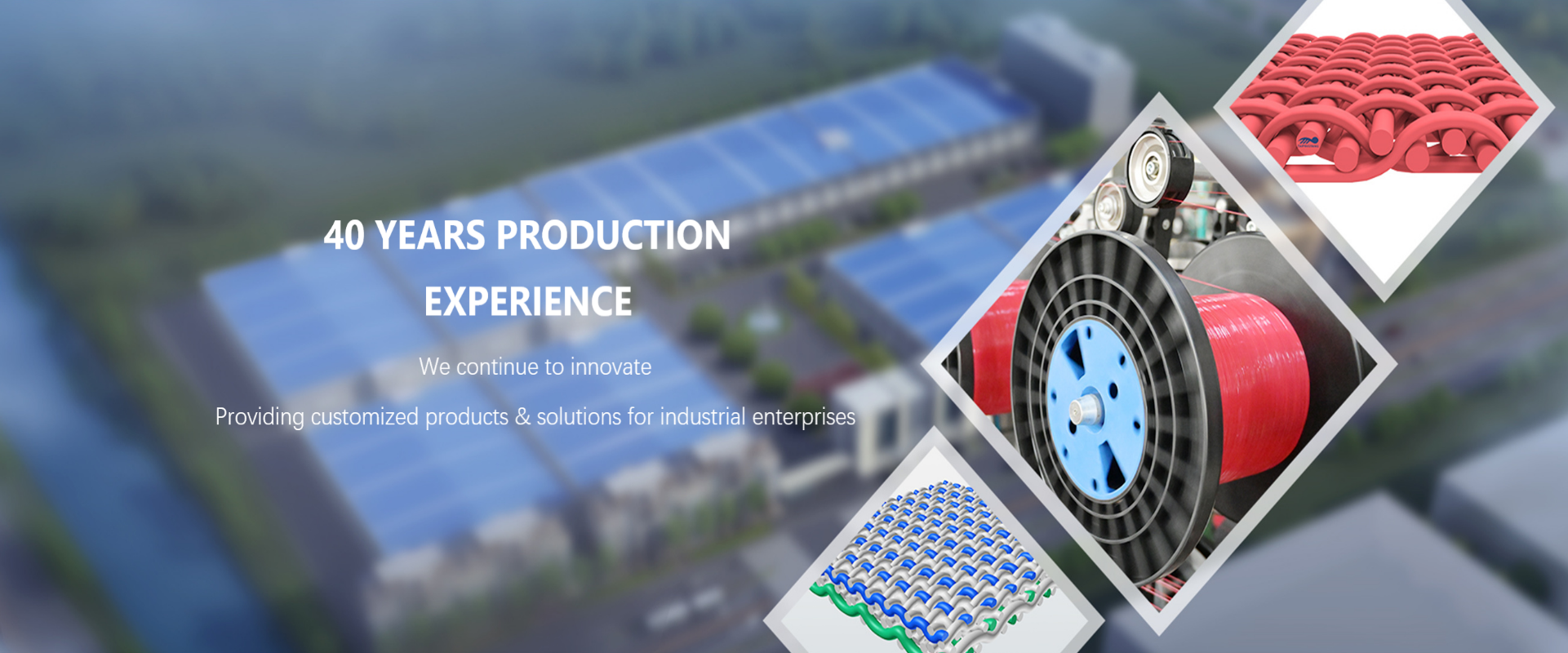Installing a french drain is a crucial step in managing water runoff and preventing soil erosion. However, the success of your french drain system heavily relies on the proper selection and installation of the filter fabric. This fabric acts as a critical barrier, preventing soil particles from clogging the drainpipe while allowing water to flow freely. Choosing the wrong fabric can lead to premature failure and costly repairs.
Several factors determine the effectiveness of a filter fabric. Key properties include:
Common materials include non-woven geotextiles made from polypropylene or polyester. Polypropylene is known for its strength, durability, and resistance to UV degradation, making it a popular choice for long-term drainage solutions. Polyester offers similar benefits but may be slightly less resistant to UV damage in prolonged sun exposure. The choice often depends on the specific project requirements and local climate conditions.
The permeability of the fabric refers to its ability to allow water to pass through while retaining soil particles. A high-permeability fabric ensures efficient drainage, while adequate particle retention prevents clogging. The ideal permeability will depend on the soil type and the anticipated water flow.
The tensile strength of the filter fabric determines its resistance to tearing and puncture. A higher tensile strength is essential for withstanding the stresses of installation and prolonged exposure to soil and water. Stronger fabrics are better suited for areas with heavy traffic or challenging soil conditions. For example, areas with rocky soil may benefit from a higher tensile strength fabric.
Exposure to ultraviolet (UV) radiation from sunlight can degrade the fabric over time, reducing its lifespan and effectiveness. Choose a filter fabric with high UV resistance, especially for projects in sunny climates. This is an important consideration for ensuring the long-term performance of your drainage system.
Various filter fabrics are available, each designed for specific applications and soil conditions. Selecting the right type ensures optimal performance and longevity of your french drain system. Anhui Taipingyang Special Fabric Co., Ltd. (https://www.0558tpy.com/) offers a wide range of high-quality options.
Non-woven fabrics are generally preferred for french drains due to their high permeability and better ability to conform to uneven surfaces. Woven fabrics, while sometimes used, can be less effective in preventing soil particles from penetrating the drainage system.
Proper installation is just as crucial as selecting the right fabric. Overlapping the fabric edges by at least 12 inches ensures a continuous barrier. Secure the fabric edges to prevent shifting during backfilling. Using staples or landscape pins can help achieve this.
Regular maintenance is essential to extend the lifespan of your french drain. Inspect your system periodically, looking for signs of clogging or damage. Addressing issues promptly can prevent major problems down the line.
| Soil Type | Recommended Fabric Properties |
|---|---|
| Sandy Soil | High permeability, moderate tensile strength |
| Clay Soil | Moderate permeability, high tensile strength |
| Rocky Soil | High tensile strength, puncture resistance |
Remember, consulting with a professional can help ensure the best outcome for your specific project. The correct selection and installation of filter fabric for french drains contribute significantly to a successful and long-lasting drainage system.
